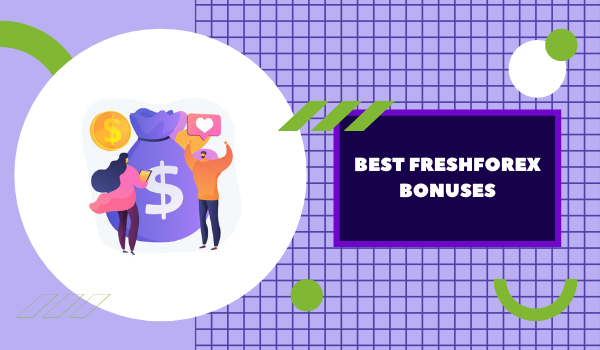Gold, oil and the dollar - the world is on the threshold of great change. Part 2

Central banks, which have a policy of zero interest rates, always in support of their actions indicate that they do so with a view to accelerate inflation.Practice shows that the inflation stimulus measures have very little influence, if any, have that convincingly show examples of the ECB and the Bank of Japan.So maybe it's not inflation?
In 1923. British economist Alfred Gibson wrote an article in which, based on empirical data indicated that the level of interest rates and the level of wholesale prices are positively correlated. Seven years later, the legendary Keynes made this relationship known as "Gibson's paradox", since neither he nor any other of the major economists of the time and could not give a satisfactory explanation for this phenomenon.
According to the theory, the relationship should be between the level of interest rates and the level of it inflation, that is, the speed of price changes, but not with the prices themselves, but in practice, inflation was generally bred out of the brackets.

This works for all relevant product groups, including for oil and gold. For example, the chart below you can see that before the crisis years of 1979/82, this relationship was more pronounced, but then something strange happened - it was reversed.
If one did not know the nature of this relationship, then how could it act? To answer this question you need to figure out how the same method was able to cope with the crisis.

Of course, at the forefront of attempts to investigate the causes of the crisis are developments in the oil market - the formation of OPEC, the Islamic revolution in Iran, the Iran-Iraq war, which resulted in a decrease of production, which, in turn, has caused a strong increase in prices. The consequences were serious - falling industrial production was equal to 8.2% in the US in 1982 from 1979 levels
The main measures to resolve the crisis there were new methods of regulation, which meant the rejection of state-monopoly in favor of the monetary authorities, that is, market gives more freedom, and the emphasis shifted to the regulation on the control of supply and demand.
In other words, if until 1982 the level of development was characterized by a focus on effective demand, then after that the chief was to stimulate production, which required the liberalization of credit policy, and most importantly - began to massively create new financial instruments.
This is where you need to look for an answer, how it was possible to get rid of Gibson's paradox - through the transition to a postindustrial society, which began to take shape at the time of transition to the Jamaican currency system, and finally took shape after the 1982 crisis,
Indigenous its difference is that if earlier the price of goods is determined by industrial capital, then after 1982 - financial. Financial capital was able to set the price of raw materials, which considered the most suitable for what the complex mechanism of hedging currency risks was created and management of commodity markets through the mechanism of secondary financial instruments. Or, quite simply, the price of oil, as well as any other raw material, began to define the derivatives market.
And now let's look at the same chart, but for the last 3 years, and find that Gibson's paradox is back - the price of gold began to change again in conjunction with the effective tax rates, rather than the opposite. This means that the opportunities that were built into the system after 1982 have been exhausted, the secondary market tools can no longer affect the price.

Hence, a number of conclusions:
The dollar is doomed to rise, this is the only way out for the Fed to keep the situation under control.
Market forces will push up both oil and gold, the Fed will be desperate to resist. In this situation, the Fed can no longer act as the host, on the other hand, the Fed's stance - a blind defense. The mechanism, launched in 1982, is close to running out of options. A dozen large systemically important banks have on their balance sheets derivatives for hundreds of trillions of dollars, it is - for price manipulation charges. Capital, sealed in derivative instruments, like a genie in a bottle, desperately seeks out not to burn in case of bankruptcy of the banking system. Given the overheated stock market and real estate market had only two ways - either in government bonds or in the market of raw materials, so if you dare to raise the Fed, the market reaction will be to increase both oil and gold.
- Central banks using the zero rates policy objective to reduce the price of raw materials, including oil and gold. When representatives of the central banks say that their goal - acceleration of inflation, they mislead the reader. zero interest rates policy has no effect on inflation in general no influence.
- Fed rate hikes starting cycle triggers on the raw material price increases. It was to prevent such growth and shrink the monetary base. Recall, the current week to the record for the single-stage compression DB was 30 December 2015 2 weeks after the FOMC raised rates by a quarter percent.Only in this way could prevent a strong recovery in oil prices after the FOMC meeting.
- The current decline in the DB - an attempt to keep the Fed's increase in commodities, especially gold, in the second - Oil and other energy resources, even before the rate will be raised. If you do not succeed, then the paradox Gibson will unfold in full force, and markets waiting for the explosive growth of prices for raw materials, and thus grew the threat of hyperinflation on the background of a weak economy, otherwise, stagflation.
According to the materials of Alpari



